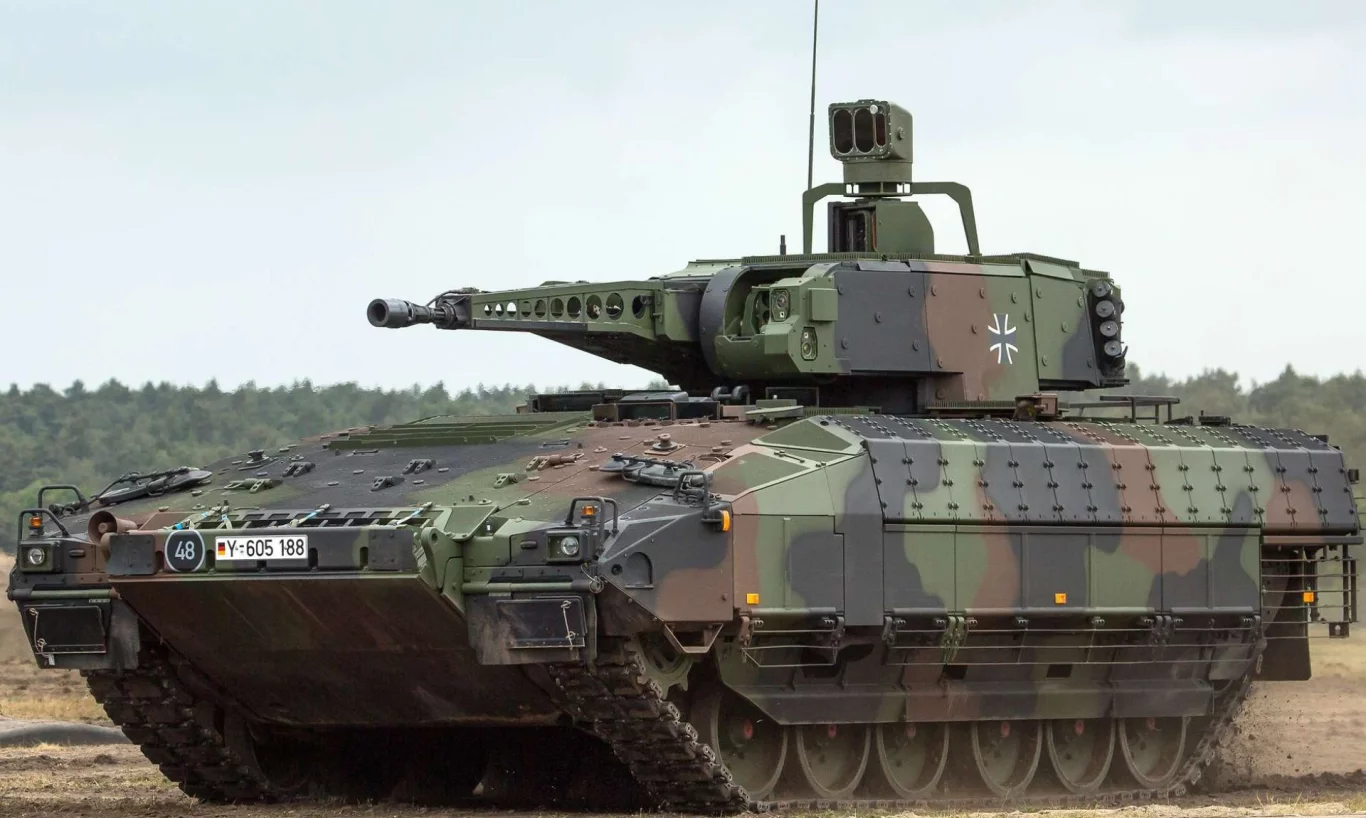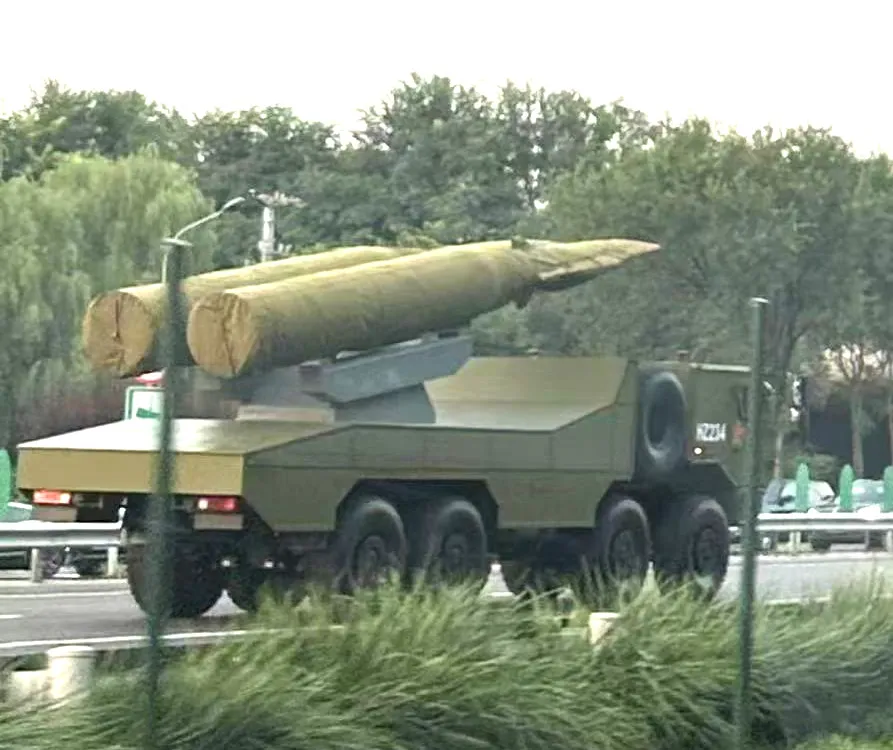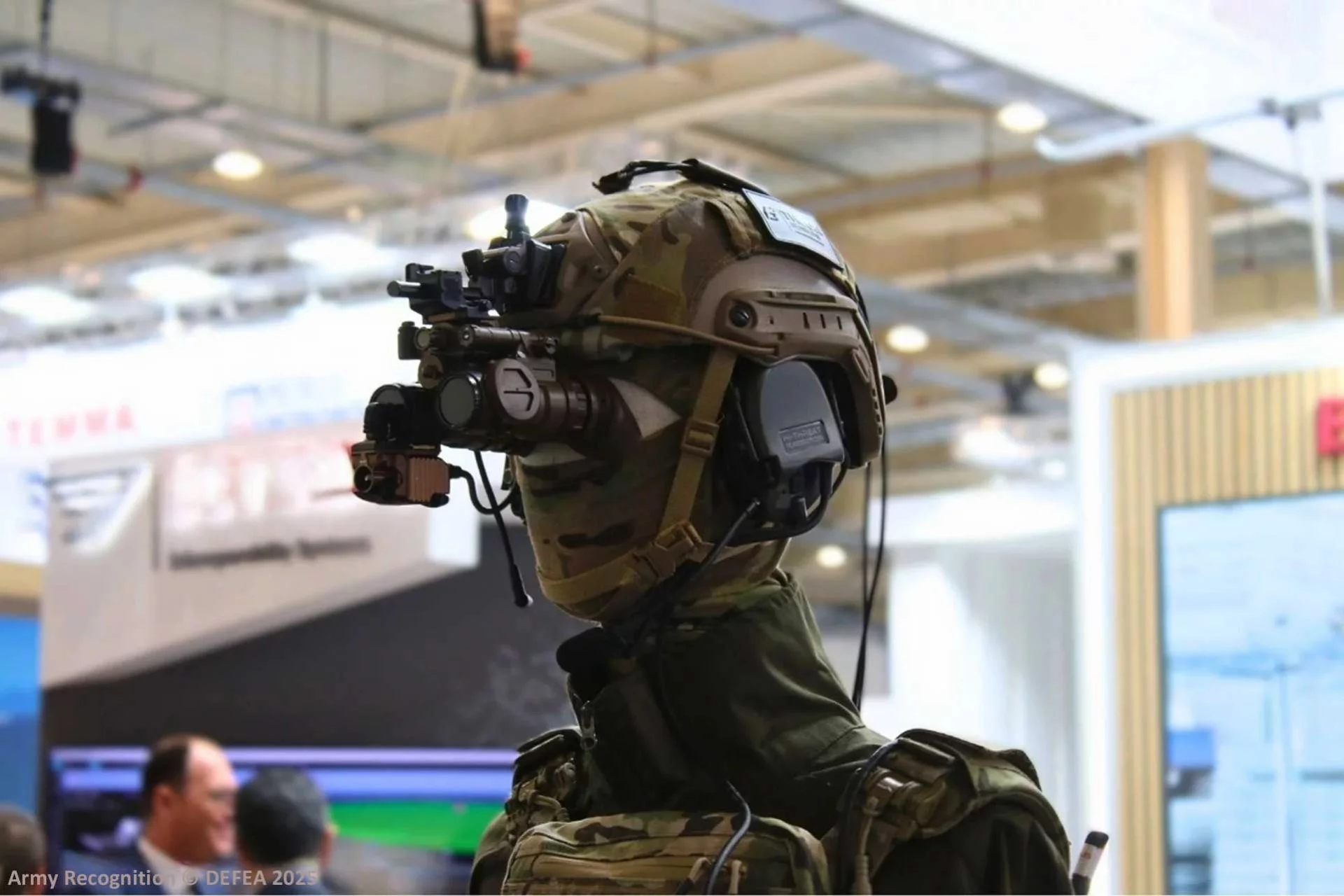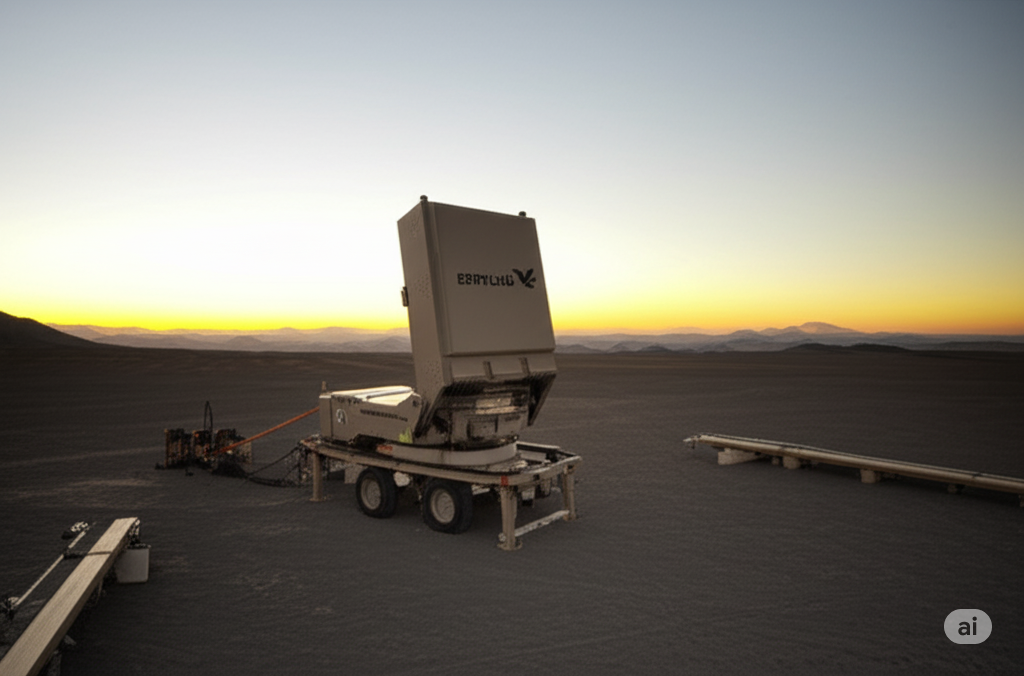In an era of evolving geopolitical landscapes and renewed focus on national and collective defense, Germany is embarking on an ambitious military modernization program. With a clear vision to establish itself as a leading military power within Europe, Berlin is investing significantly in cutting-edge capabilities, prominently featuring the most modern fleet of Puma Infantry Fighting Vehicles (IFVs) and a robust, layered air defense system. As reported by Army Recognition, this strategic pivot underscores Germany’s commitment to strengthening its own armed forces (the Bundeswehr) and enhancing its contributions to NATO and European security.
For decades following the Cold War, Germany, like many Western European nations, downsized its military and reduced defense spending. However, recent global events have served as a stark reminder of the imperative for a strong, capable defense. The “Zeitenwende” (turning point) articulated by Chancellor Olaf Scholz, marks a fundamental shift in German defense policy, backed by a substantial special fund of €100 billion. This financial commitment is now being translated into tangible upgrades, with the Puma IFV and advanced air defense systems at the forefront of this transformation.
The Puma IFV: A Spearhead of Modern Ground Warfare
At the heart of Germany’s ground forces modernization lies the Puma Infantry Fighting Vehicle. Designed and manufactured by a joint venture between Krauss-Maffei Wegmann (KMW) and Rheinmetall (PSM GmbH), the Puma is widely considered one of the most advanced and best-protected IFVs in the world. Its integration into the Bundeswehr’s main combat formations signifies a substantial upgrade in both offensive and defensive capabilities for German infantry units.
- Unparalleled Protection: The Puma’s modular armor concept is a standout feature, allowing its protection levels to be adapted depending on the mission profile. This includes advanced passive and reactive armor elements designed to withstand a wide array of threats, from improvised explosive devices (IEDs) to sophisticated anti-tank guided missiles (ATGMs). The focus on crew survivability is paramount, making it a safe yet formidable platform.
- Formidable Firepower: Equipped with a fully stabilized 30mm automatic cannon, the Puma can engage targets with high precision, day or night, and in all weather conditions. It also features a coaxial machine gun and, crucially, an integrated MELLS (Multi-Role Light Anti-Tank Guided Missile System), enabling it to neutralize even the most heavily armored main battle tanks at extended ranges. This combination of cannon and missile capability provides exceptional versatility on the battlefield.
- Superior Mobility and Agility: Powered by a powerful engine, the Puma boasts excellent cross-country mobility and maneuverability. Its advanced suspension system ensures a smooth ride, enhancing crew comfort and target acquisition while on the move. Despite its heavy protection, the Puma maintains a good power-to-weight ratio, allowing it to keep pace with modern main battle tanks.
- Advanced Networked Capabilities: The Puma is designed as a fully networked platform, integrated into the digital battlefield. Its sophisticated battle management system provides real-time situational awareness, allowing infantry dismounts and vehicle crews to share critical information, identify threats, and coordinate actions seamlessly. This digital integration enhances tactical effectiveness and reduces sensor-to-shooter times.
The Bundeswehr’s commitment to fielding the “most modern” Puma fleet extends beyond initial procurement. It encompasses continuous upgrades, ensuring the vehicles remain at the cutting edge throughout their operational life. This includes enhancements to sensor suites, communication systems, and potentially even the integration of future technologies like artificial intelligence for decision support and autonomous capabilities.
Layered Air Defense: Shielding the Skies
Complementing its modernized ground forces, Germany is also making significant strides in establishing a robust, layered air defense system. The lessons from recent conflicts have unequivocally demonstrated the critical importance of effective air and missile defense against both conventional and asymmetric threats, including drones, cruise missiles, and ballistic missiles. Germany’s strategy aims to create a comprehensive shield that can protect its territory, deployed forces, and critical infrastructure.
The concept of “layered air defense” involves integrating multiple systems with varying ranges and capabilities to provide overlapping coverage. This approach ensures that threats can be engaged at different altitudes and distances, maximizing interception probability and resilience.
Key components of Germany’s layered air defense strategy include:
- IRIS-T SLM: This state-of-the-art medium-range surface-to-air missile system is a cornerstone of Germany’s new air defense architecture. Known for its high precision and ability to engage multiple targets simultaneously, IRIS-T SLM provides crucial protection against aircraft, helicopters, cruise missiles, and drones. Its rapid deployment and high mobility make it a versatile asset for protecting both static installations and mobile forces.
- Patriot Systems: Germany continues to rely on and upgrade its Patriot air defense systems, which offer proven capabilities against tactical ballistic missiles, cruise missiles, and advanced aircraft. These long-range systems form a vital upper layer of defense, capable of intercepting threats at significant distances.
- Future Air Defense Systems: Germany is actively exploring and investing in next-generation air defense technologies. This includes potential participation in multinational programs for very short-range air defense (VSHORAD) systems, counter-drone capabilities, and even missile defense solutions that can address emerging hypersonic threats. The long-term vision is to create an integrated air defense network that can seamlessly detect, track, and engage threats across the entire spectrum of airspace.
The ambition here is not just national protection but also to strengthen NATO’s integrated air and missile defense capabilities. By developing and deploying these advanced systems, Germany aims to play a leading role in safeguarding the alliance’s eastern flank and ensuring collective security against aerial threats.
Germany’s Vision: A Reliable Partner in European Security
Germany’s investment in the Puma IFV and layered air defense is part of a broader commitment to become a more reliable and capable partner within European and transatlantic security frameworks. The “Zeitenwende” signifies a recognition that Germany’s economic strength must be matched by its military capabilities, enabling it to fulfill its responsibilities on the international stage.
This modernization effort extends beyond just equipment. It also involves training, recruitment, and the development of doctrines that maximize the effectiveness of these new systems. By fielding highly capable forces equipped with the most modern technology, Germany aims to project stability and deterrence, contributing significantly to peace and security in an increasingly complex world. The path ahead is challenging, but with strategic foresight and substantial investment, Germany is firmly on track to re-establish itself as a leading defense power in Europe.




